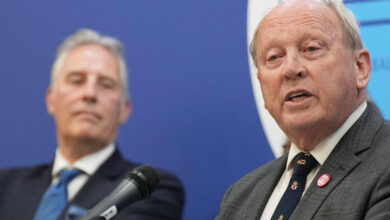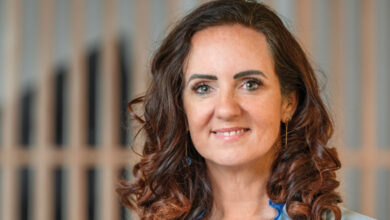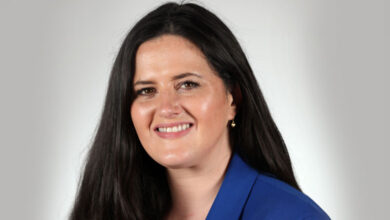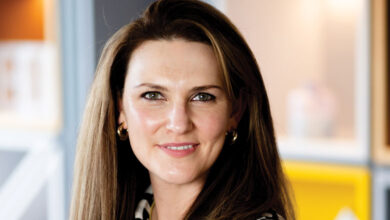BT: a partnership approach
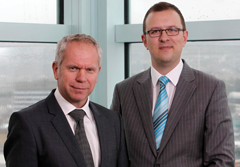 The public sector is getting more strategic and looking longer term when it comes to technology, a perfect fit for BT and its partnership approach built on global prowess and local capabilities
The public sector is getting more strategic and looking longer term when it comes to technology, a perfect fit for BT and its partnership approach built on global prowess and local capabilities
In the last few years, BT’s public sector team has seen a distinct change in approach from agencies and government departments in Northern Ireland. Having worked with them for decades, they expect smart and discerning procurement, but signs suggest that they are also becoming more strategic and outcome focused.
There is a growing recognition that the relentless pace of technological change demands a deeper level of partnership with suppliers and relationships that add value with both parties in it for the long haul.
“They have always been intelligent buyers of technology, but we’re now seeing increasing sophistication in how they want to consume ICT services,” says Gareth McWilliams, Managing Director of BT Solutions. “There is a demand for innovation over the lifetime of a contract.”
It is a shift in methodology that suits BT perfectly. A long-time advocate of a partnership approach, it likes to get under the skin of its clients, understand their challenges and work through their problems. “We pride ourselves on being able to manage and reduce risk for public sector stakeholders at the same time as delivering innovation that can affect positive change, at a price that is affordable,” he adds.
As a leader in public sector solutions, BT can draw on a global business to show prospective customers reference sites where proven solutions are already making a difference. This is important as government bodies put more weight on getting a return on investment with solutions that demonstrate tangible benefits.
“Five years ago, the discussions would have been very focused on technology but now it’s all about business outcomes,” says Johnathan Ferris, Head of Solutions Design. “And they are procuring for the longer term with five, seven and ten-year contracts, whereas it used to be two, three and five.”
BT has acknowledged a more considered approach to procurement with an equally considered response. The company regularly hosts innovation workshops, sometimes at its Adastral Park facility in the Suffolk countryside. The vast campus is a hothouse for innovation, aimed at solving real world challenges.
“The public sector is always looking for evidence of your ability to deliver the solution. We can showcase our ideas in health and education, for example, with pre-built models that demonstrate how new process and solutions could work. We brainstorm and share ideas with clients,” he remarks.
BT will show how a solution operates in a live environment. “It’s very powerful and helps people put trust in our integration and aggregator capability when it comes to delivering services,” says Ferris.
Thought leadership and innovation are embedded in the culture of the company, but BT is just as focused on delivery. The company has built up its knowledge and skillsets over many years, making them available to the public sector through the best managed and shared service capabilities on the island.
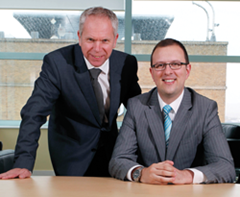 Almost uniquely in the island of Ireland, the company has been accredited with ISO 20000, an international service standard that recognises BT’s maturity in providing ICT managed solutions across every aspect of a managed service. This has been an 18-month journey and reflects the continuous improvement approach that is so important to customers.
Almost uniquely in the island of Ireland, the company has been accredited with ISO 20000, an international service standard that recognises BT’s maturity in providing ICT managed solutions across every aspect of a managed service. This has been an 18-month journey and reflects the continuous improvement approach that is so important to customers.
“It means fewer faults and incidents and a faster time to fix if there is a problem. Fundamentally, you will get a higher level of availability with a BT managed service,” explains Gareth McWilliams. “It’s a differentiator for us but it’s far more important for our customers because they get a best-in-class experience.”
He said that clients are always surprised when he walks them through their facilities. “They can’t believe we have such a small number of people supporting over 400 customers, compared to the numbers they have running their organisation. They don’t realise that because of our scale we can invest in best in-class processes, platforms and people. We can get a lower cost and a higher level of performance than any single organisation could achieve.”
The key to BT’s success has been channelling its skills and people in what it calls its Enterprise Service Model. Highlighting the company’s end-to-end capability, it incorporates a solutions business, a design team and a delivery organisation. Then it becomes a customer management responsibility, ensuring that relationships are managed correctly with the right governance in place.
“It’s all about driving value for the customer at every stage of the contract, leveraging our global expertise and applying it on a local basis,” says McWilliams.
Further strengthening its case is BT’s ability to deliver just about any technology in any environment, cloud or traditional. It’s made possible by a broad range of partners, a roll call of the biggest vendors in the business, from Cisco and Avaya at the network level, with HP and Dell servers and desktops, through to EMC in storage and Microsoft at the application layer.
“We take an agnostic view of getting the best solutions to deliver against the business outcome challenges. Customers want a mix of the best so we give it to them, from core network and wireless capabilities to product sets around infrastructure, storage, and applications,” says Ferris.
“We can build them private cloud services and deliver the entire ICT stack back to them as service where they only pay for what they use. It turns it into an operational rather that capital cost, which can be very appealing to the public sector,” comments McWilliams.
In some cases customers have legacy infrastructure that BT needs to support, other times it’s about introducing a new solution into an organisation. More often than not, it’s a bit of both, a combination of sweating assets at the same time as taking incremental steps towards a leaner, more efficient environment.
BT’s systems integrator capabilities are called on to achieve seemingly impossible goals. “Sometimes we bring partners together for the first time and it becomes highly innovative. On the surface they might not look like they would work well together but with our governance they can and do,” says Ferris.
All of this capability was showcased at the recent 2012 Olympics and Paralympics where BT was the single communications provider, the first time any company has been charged with that responsibility at the games.
“It was a massive undertaking and everything we learnt is being channelled back into the business to benefit our customers,” said McWilliams, “particularly the expertise we developed around business continuity and disaster recovery planning. It was a huge innovation workshop for us.”

